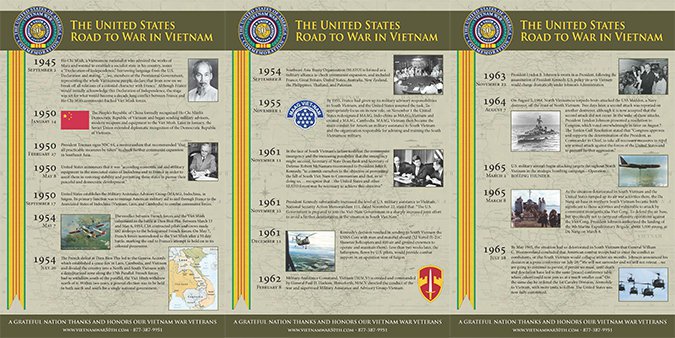Counterinsurgency in Vietnam
The United States committed to South Vietnam to prevent further Communist expansion into mainland Southeast Asia. The Vietnam War presented the paradox of eliminating a threat while simultaneously creating a viable state. U.S. aims to build a stable South Vietnam and defeat the North Vietnamese Army and Viet Cong were inextricably linked. Success in counterinsurgency hinged on removing the North Vietnamese Army threat, severing its ties to the Viet Cong, rooting out the insurgents and replacing them with peaceful and stable governance, and binding South Vietnam's people to a growing South Vietnamese state. This paradox became one of the war's chief legacies; historians and contemporary policymakers continue to reconcile its significance to this day.
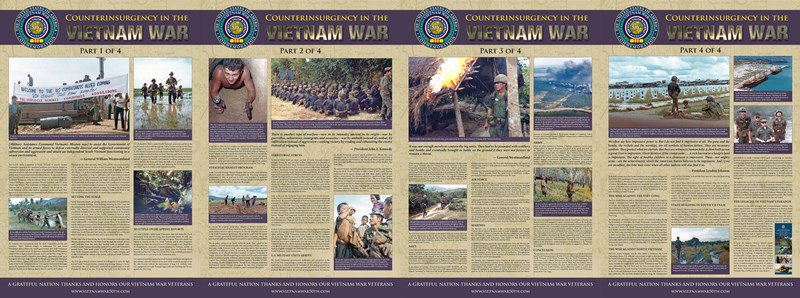
Airmobility in Vietnam
Viewers will note in the poster below the use of the term “Airmobility” as a single word. When the U.S. Army began developing the air mobile concept, it originally coined the term “Airmobility” as a single word. The History & Legacy Branch has elected to keep that term in the poster below to maintain historical integrity. That language has evolved over time and today, the correct use of the term, as stated in the DOD Dictionary of Military and Associated Terms, is two words - Air Mobility. Vietnam is justifiably known as the "helicopter war." To find, close with, and destroy the enemy, the U.S. Army employed helicopters to carry soldiers to battle, supply its units, establish and sustain fire support bases, observe and provide gunship support, and conduct aeromedical evacuation. In performing all of these functions, the helicopter became the centerpiece of Army operations in Vietnam, earned its place in the U.S. Military's organizational structure, and achieved its greatest legacy: the helicopter as a fixture in all contemporary military operations.
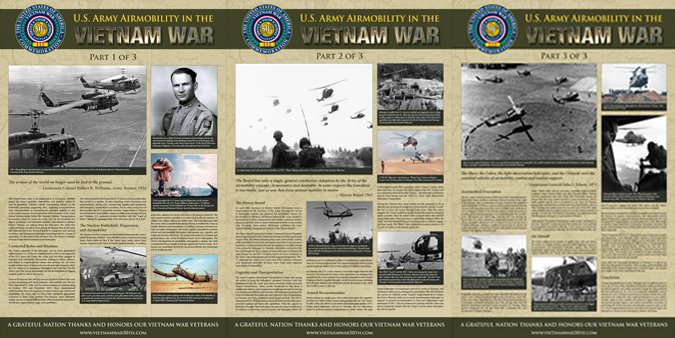
Combat Medicine in Vietnam
Medical teams provided exceptional, innovative care under extraordinary circumstances during the Vietnam War, and many servicemembers survived traumatic wounds and debilitating illnesses that would have incapacitated or mortally wounded them in previous conflicts. As a result of these efforts, military medical practitioners revolutionized crucial aspects of combat and civilian medicine. From the courageous medics, daring flight crews, tireless physicians, nurses, and medical technicians, the medical system that developed during the Vietnam War ensured that servicemembers received preeminent care throughout the health care continuum.
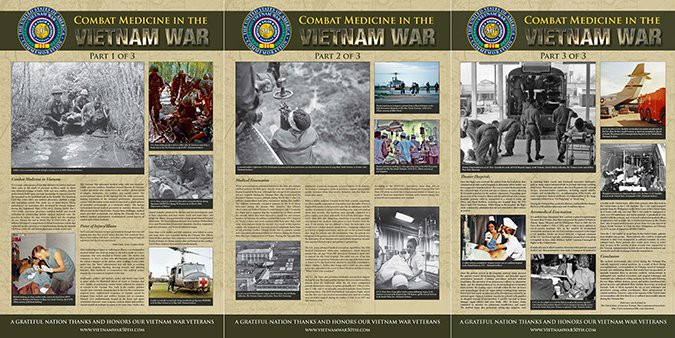
Medical Advancements in the Vietnam War
Throughout our nation’s history, armed conflicts have compelled the military and medical profession to introduce innovations for the care and treatment of America’s servicemembers. The Vietnam War was no exception. According to one source, 97.4 percent of casualties who reached the hospital survived. Rapid and effective air evacuation by “Dust Off” helicopter pilots and advancements in pre-hospital care were partly responsible for the higher number of wounded servicemembers who survived their injuries. Many of the medical advancements first pioneered by ingenuous and caring military healthcare professionals during the Vietnam War have become common practice in healthcare systems around the globe.
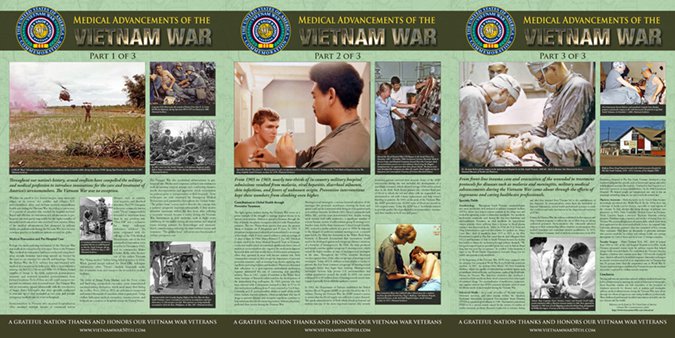
African Americans in the Vietnam War
African American troops served in the military with distinction during the Vietnam War. In the 1960s and 1970s, the United States’ long history of racial inequality and segregation culminated in the civil rights movement. The social and political turmoil crept through American society, including the U.S. military.
Military Nurses in the Vietnam War
Whether stationed with training units, in hospitals, on planes, or aboard ships, in the Pacific Theater or the United States, military nurses served with distinction throughout the Vietnam War caring for U.S. military personnel, Allied troops, and civilians.
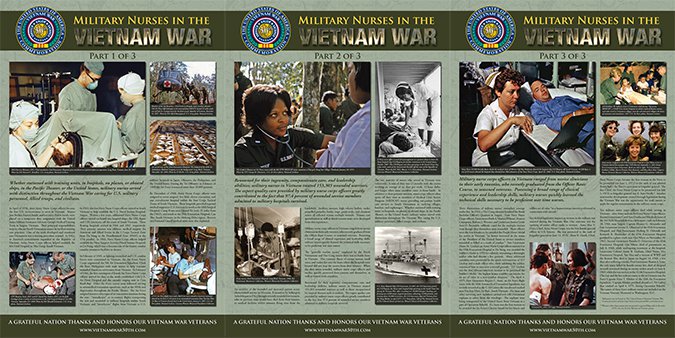
Riverine Operations in the Vietnam War
With its rich, fertile soil and plentiful water, the Delta produced most of the country’s rice crop, and its 3,000-mile network of waterways afforded farmers with an efficient means to transport their produce to market. But in 1965, a group of Communist insurgents, known to U.S. troops as the Viet Cong, dominated the Mekong Delta and the adjacent Rung Sat mangrove swamp. From their concealed bases in the Delta, Viet Cong troops launched attacks against nearby allied forces and harassed water traffic moving in and out of the port at Saigon. The Delta became a stronghold for the Viet Cong, and they exploited the area as a source of food and supplies, collecting taxes from the local populace. In order to secure the Delta and restore it to Saigon’s control, the United States determined to clear out the insurgents with a series of riverine campaigns.
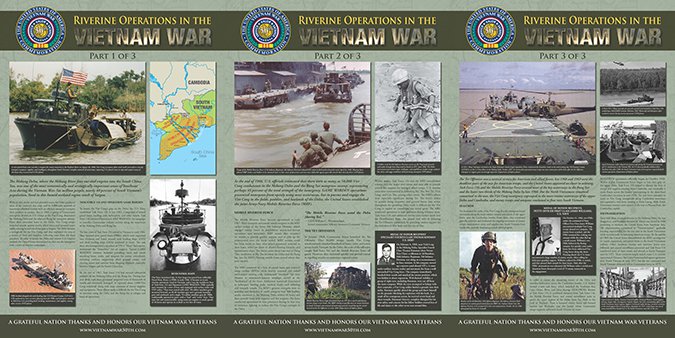
U.S. Servicewomen in the Vietnam War
Women in the United States military during the Vietnam War held diverse and important roles supporting the war mission. Many servicewomen stationed in the combat zone served with distinction. Women line officers, staff officers, and enlisted personnel performed a range of military occupational specialties in the Army, Navy, Air Force, and Marine Corps.
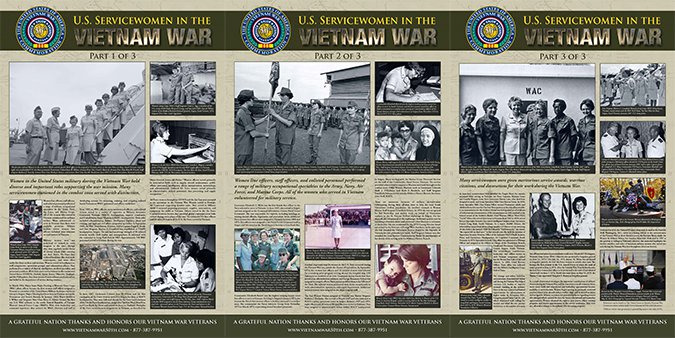
The United States Road to War in Vietnam: 1945 - 1965
"While historians know with certainty that the Duke of Wellington bested Napoleon at Waterloo on 18 June 1815, the Germans surrendered on the Western Front on 11 November 1918, and the Japanese attacked Pearl Harbor on 7 December 1941, they must still live with ambiguity in offering answers to many complex historical questions. The question of when the Vietnam War started for the United States falls into that category of ambiguity. It is impossible to state categorically that one date or another is the precise date on which the start of the war for the United States occurred. Put differently and emphatically: no obvious and verifiable start date exists. Probably the truest, though not the most satisfactory, statement to be made is that the process by which the United States became embroiled in the war was evolutionary and incremental." (Excerpt from a paper by Dr. John Carland, Historical Office of the Secretary of Defense titled, "When Did the Vietnam War Start for the United States.")
This three poster series outlines some of the significant political decisions and military events that incrementally committed the United States to deeper involvement in the Vietnam War.
